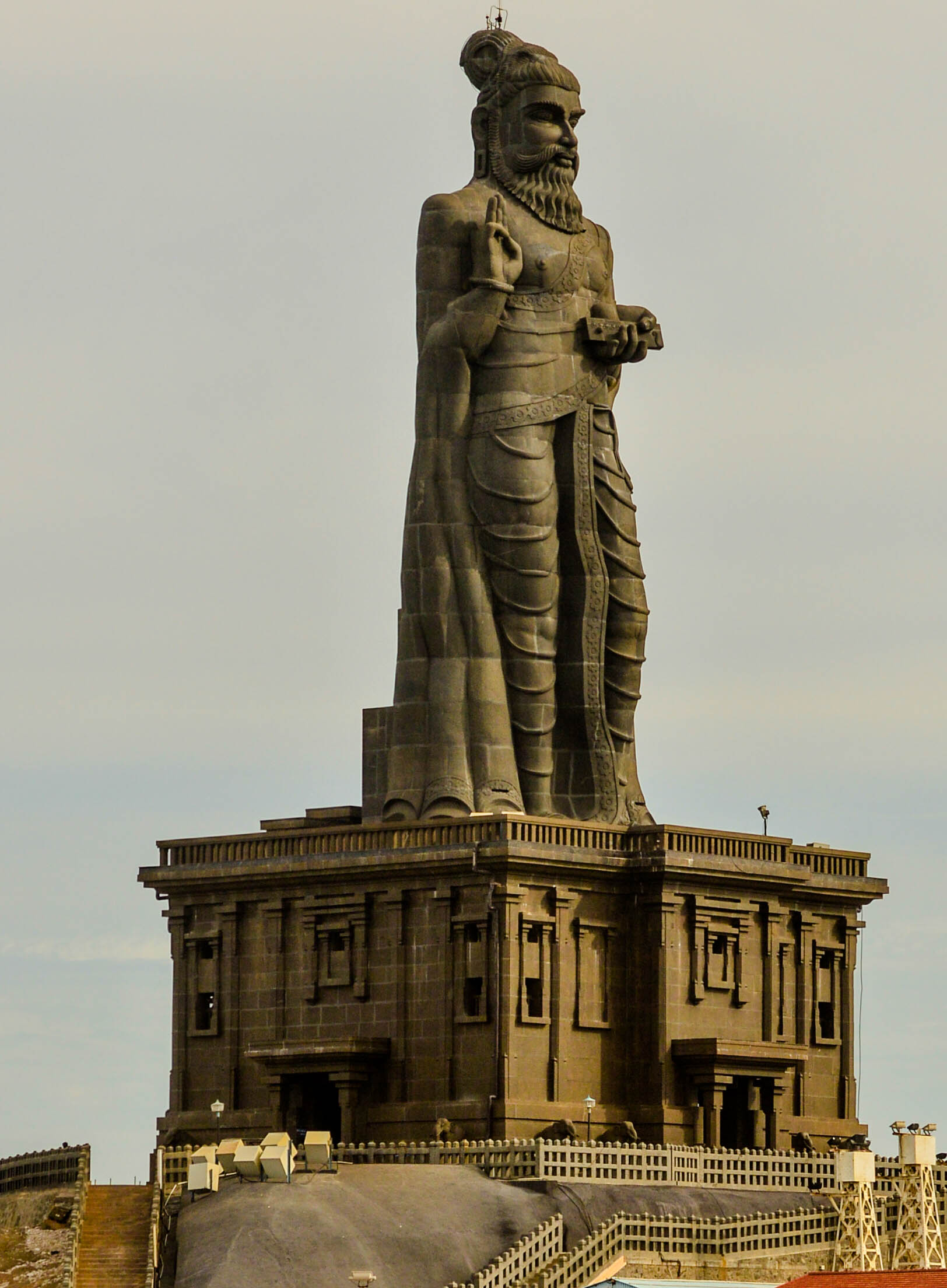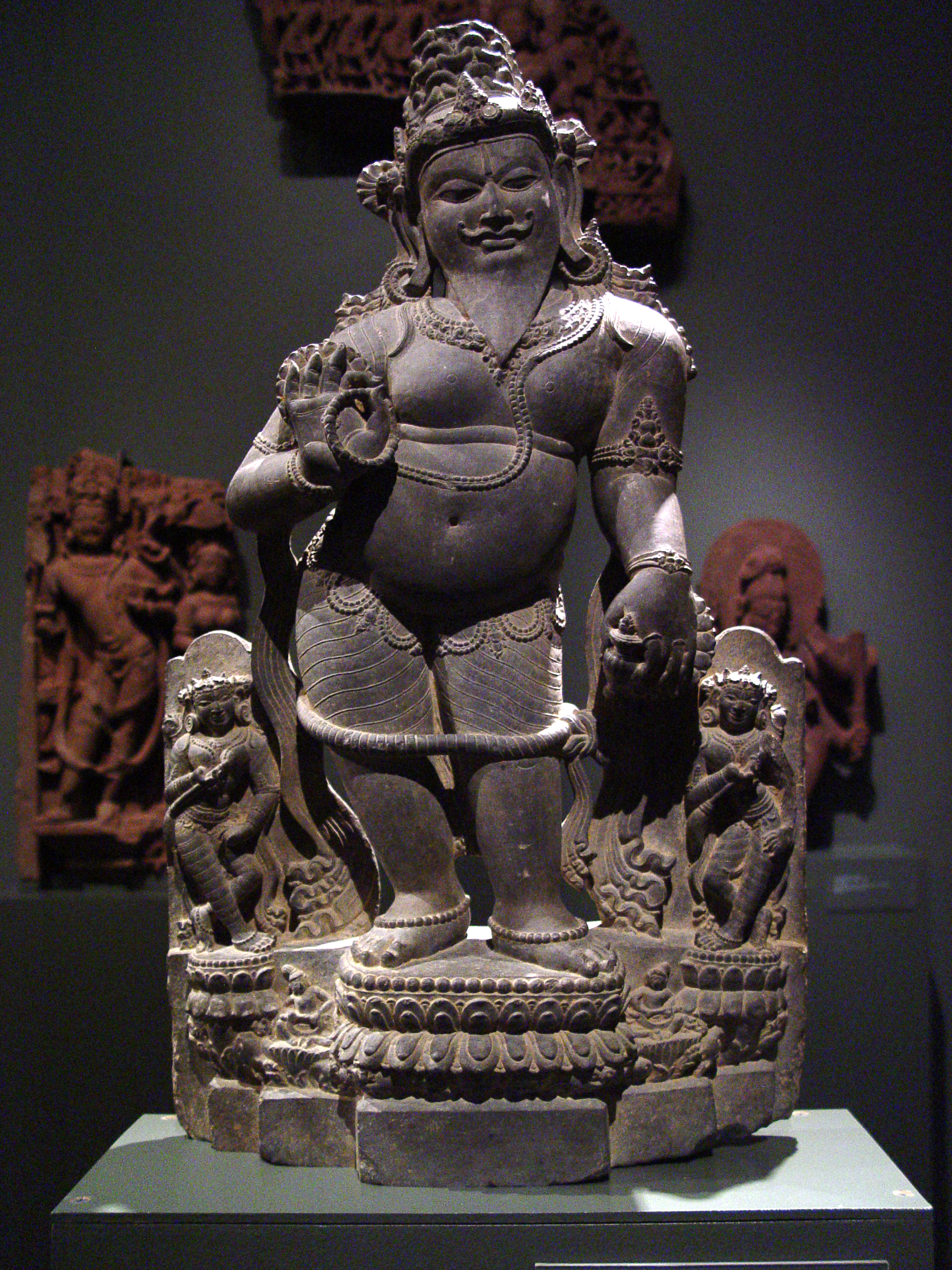|
Kainnilai
Kainnilai (Tamil:கைந்நிலை), and Innilai (Tamil:இன்னிலை) are Tamil poetic works belonging to the Eighteen Lesser Texts (''Pathinenkilkanakku'') anthology of Tamil literature. These two books together form the eighteenth book in the anthology, belonging to the 'post Sangam period' corresponding to between 100 and 500 CE. ''Kainnilai'' contains sixty poems written by the poet Pullangkaathanaar(புல்லங்காட) and ''Innilai'' contains 45 poems and was written by the poet Poigayaar(பொய்கையார). The poems of ''Innilai'' deal with the ethical concepts of ''aram'' – propriety, ''porul'' – wealth, ''inpam'' – love and ''veedu'' – salvation. In this respect it is similar to ''Tirukkural'' which also concerns with these concepts. ''Kainnilai'' is available in a much-damaged condition with many of its poems only partially available. ''Kainnilai'' deals with the subjective (''agam'') concepts. ''Agam'' in the Sangam li ... [...More Info...] [...Related Items...] OR: [Wikipedia] [Google] [Baidu] |
Eighteen Lesser Texts
The Eighteen Lesser Texts, known as the Patiṉeṇkīḻkaṇakku ( ta, பதினெண்கீழ்கணக்கு) in the literature, is a collection of eighteen poetic works mostly created during the 'post Sangam period' (between 100 and 500 CE). The poems of this collection differ from the earlier works of the Eighteen Greater Texts (''Patiṉeṇmēlkaṇakku''), which are the oldest surviving Tamil poetry, in that the poems are written in the venpa meter and are relatively short in length. Naladiyar, having sung by 400 poets, is the only anthology in this collection. Each of the remaining works of the Eighteen Lesser Texts is sung by a single poet. Unlike the works of the Eighteen Greater Texts, most of the books of the Eighteen Lesser Texts deal with morals and ethics. Works of the "Eighteen lesser books" collection The Eighteen Lesser Texts contains the following books: * ''Nālaṭiyār'' * ''Nāṉmaṇikkaṭikai'' * ''Iṉṉā Nāṟpatu'' * '' Iṉiyava ... [...More Info...] [...Related Items...] OR: [Wikipedia] [Google] [Baidu] |
Tamil Language
Tamil (; ' , ) is a Dravidian language natively spoken by the Tamil people of South Asia. Tamil is an official language of the Indian state of Tamil Nadu, the sovereign nations of Sri Lanka and Singapore, and the Indian territory of Puducherry (union territory), Puducherry. Tamil is also spoken by significant minorities in the four other South Indian states of Kerala, Karnataka, Andhra Pradesh and Telangana, and the Union Territory of the Andaman and Nicobar Islands. It is also spoken by the Tamil diaspora found in many countries, including Malaysian Tamil, Malaysia, Myanmar Tamils, Myanmar, Tamil South Africans, South Africa, British Tamils, United Kingdom, Tamil Americans, United States, Tamil Canadians, Canada, Tamil Australians, Australia and Tamil Mauritians, Mauritius. Tamil is also natively spoken by Sri Lankan Moors. One of 22 scheduled languages in the Constitution of India, Tamil was the first to be classified as a Languages of India, classical language of India ... [...More Info...] [...Related Items...] OR: [Wikipedia] [Google] [Baidu] |
Tamil Literature
Tamil literature has a rich and long literary tradition spanning more than two thousand years. The oldest extant works show signs of maturity indicating an even longer period of evolution. Contributors to the Tamil literature are mainly from Tamil people from South India, including the land now comprising Tamil Nadu, Kerala, Sri Lankan Tamil people, Eelam Tamils from Sri Lanka, as well as the Tamil diaspora. The history of Tamil literature follows the history of Tamil Nadu, closely following the social, economical, political and cultural trends of various periods. The early Sangam Literature, Sangam literature, dated before 300 BCE, contain anthologies of various poets dealing with many aspects of life, including love, war, social values and religion.Akananuru (1, 15, 31, 55, 61, 65, 91, 97, 101, 115, 127, 187, 197, 201, 211, 233, 251, 265, 281, 311, 325, 331, 347, 349, 359, 393, 281, 295), Kurunthogai (11), and Natrinai (14, 75) are dated before 300 BCE. This was followed by t ... [...More Info...] [...Related Items...] OR: [Wikipedia] [Google] [Baidu] |
Sangam Period
The Sangam period or age (, ), particularly referring to the third Sangam period, is the period of the history of ancient Tamil Nadu, Kerala and parts of Sri Lanka (then known as Tamilakam) spanning from c. 6th century BCE to c. 3rd century CE. It was named after the famous Sangam academies of poets and scholars centered in the city of Madurai. The First Sangam to be located in ''Then Madurai'' under the patronage of 89 Pandya kings, during this period. It is said to have lasted for 4,440 years, and this would put the First Sangam between 9600 BCE to 5200 BCE. In Old Tamil language, the term Tamilakam (''Tamiḻakam'', '' Purananuru'' 168. 18) referred to the whole of the ancient Tamil-speaking area, corresponding roughly to the area known as southern India today, consisting of the territories of the present-day Indian states of Tamil Nadu, Kerala, parts of Andhra Pradesh, parts of Karnataka and northern Sri Lanka also known as Eelam. History According to Tamil legends ... [...More Info...] [...Related Items...] OR: [Wikipedia] [Google] [Baidu] |
Tirukkural
The ''Tirukkuṟaḷ'' ( ta, திருக்குறள், lit=sacred verses), or shortly the ''Kural'' ( ta, குறள்), is a classic Tamil language text consisting of 1,330 short couplets, or kurals, of seven words each. The text is divided into three books with aphoristic teachings on virtue (''aram''), wealth (''porul'') and love (''inbam''), respectively. Considered one of the greatest works ever written on ethics and morality, it is known for its universality and secular nature. Its authorship is traditionally attributed to Valluvar, also known in full as Thiruvalluvar. The text has been dated variously from 300 BCE to 5th century CE. The traditional accounts describe it as the last work of the third Sangam, but linguistic analysis suggests a later date of 450 to 500 CE and that it was composed after the Sangam period. The Kural text is among the earliest systems of Indian epistemology and metaphysics. The Kural is traditionally praised with epithets and a ... [...More Info...] [...Related Items...] OR: [Wikipedia] [Google] [Baidu] |
Sangam Literature
The Sangam literature ( Tamil: சங்க இலக்கியம், ''caṅka ilakkiyam'';) historically known as 'the poetry of the noble ones' ( Tamil: சான்றோர் செய்யுள், ''Cāṉṟōr ceyyuḷ'') connotes the ancient Tamil literature and is the earliest known literature of South India. The Tamil tradition and legends link it to three literary gatherings around Madurai and Kapāṭapuram ( Pandyan capitals): the first over 4,440 years, the second over 3,700 years, and the third over 1,850 years before the start of the common era. Scholars consider this Tamil tradition-based chronology as ahistorical and mythical. Most scholars suggest the historical Sangam literature era spanned from c. 300 BCE to 300 CE, while others variously place this early classical Tamil literature period a bit later and more narrowly but all before 300 CE. According to Kamil Zvelebil – a Tamil literature and history scholar, the most acceptable range for the Sanga ... [...More Info...] [...Related Items...] OR: [Wikipedia] [Google] [Baidu] |
Sangam Landscape
The Sangam landscape (Tamil: அகத்திணை "inner classification") is the name given to a poetic device that was characteristic of love poetry in classical Tamil Sangam literature. The core of the device was the categorisation of poems into different ''tiṇai''s or modes, depending on the nature, location, mood and type of relationship represented by the poem. Each ''tiṇai'' was closely associated with a particular landscape, and imagery associated with that landscape—its flowers, trees, wildlife, people, climate and geography—was woven into the poem in such a way as to convey a mood, associated with one aspect of a romantic relationship. Symbolism Classical Tamil love poetry assigns the human experiences it describes, and in particular the subjective topics that those experiences relate to, to specific habitats. Every situation in the poems is described using themes in which the time, the place and the floral symbols of each episode are codified. These cod ... [...More Info...] [...Related Items...] OR: [Wikipedia] [Google] [Baidu] |
Project Madurai
Project Madurai (மதுரை தமிழ் இலக்கிய மின்தொகுப்புத் திட்டம்) is an open and voluntary initiative to publish free versions of ancient Tamil literature on the Internet. Texts are published in both TSCII (Tamil Script Code for Information Interchange), since its launch in 1998 and Unicode formats from 2004. The project was led by Dr. K. Kalyanasundaram, Lausanne, Switzerland (Project Leader) and Dr. P. Kumar Mallikarjunan, Blacksburg, Va, USA (Dy. Project Leader). Project Madurai is one among many projects those are currently active worldwide which attempt to put ancient literary works in electronic form. The etexts are distributed in both HTML and PDF file formats History The Madurai project was initially made with the Inaimadhi and Mayilai Tamil fonts. But since 1999, mobile phones have been produced and produced by the Tamil-language Tamil database (Tamil Script Code for Information Interchange -TSC ... [...More Info...] [...Related Items...] OR: [Wikipedia] [Google] [Baidu] |




